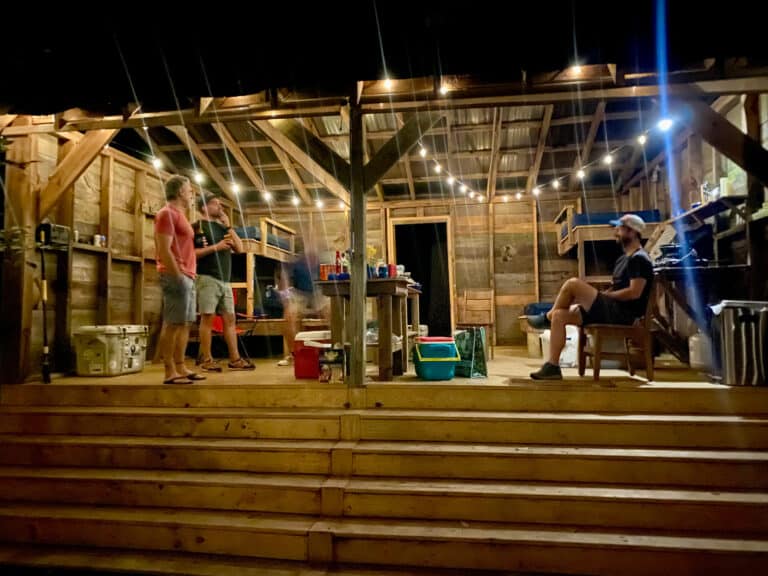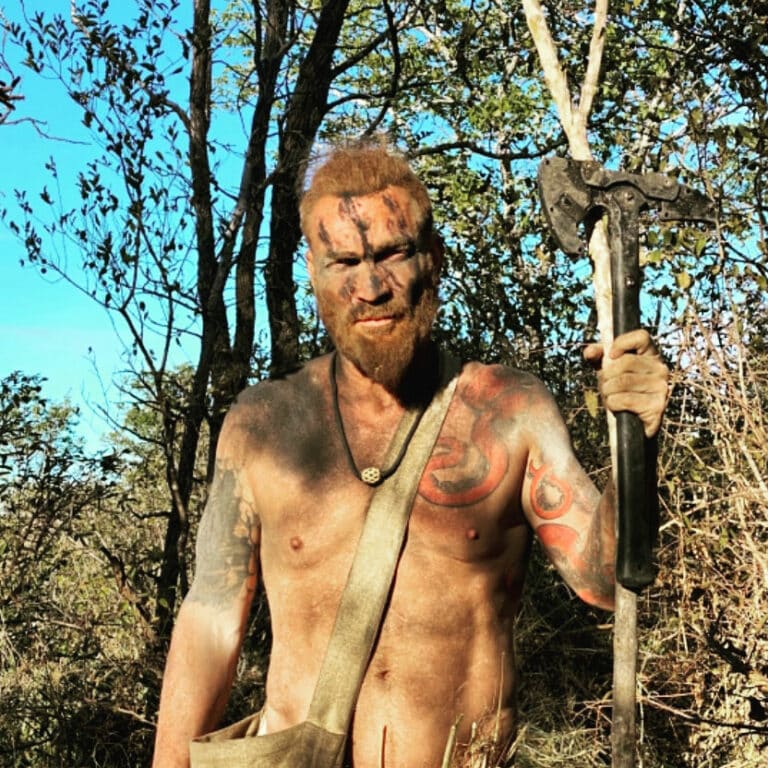by Jedd Ferris
No triathlete’s road to Kona has been longer than that of Scott Rigsby. In October the Atlanta-based Rigsby became the first double amputee to complete an Ironman triathlon. Not only did he finish the distance (112-mile bike, 26.2-mile run, two-mile swim), but he did it on one of the toughest courses in the world at the widely publicized Ironman World Championship in Hawaii.
Rigsby’s journey to the record books started in 1986. On a hot summer day he was riding in the back of a pick-up truck after work in his native Georgia. Suddenly the truck was hit by an 18-wheeler, throwing Rigsby underneath a three-ton trailer, which dragged him down the road. He had 17 surgeries during the first year following the accident, including the amputation of his right leg and the reconstruction of his left. But in the following years, his left leg began to deteriorate and Rigsby became addicted to painkillers to deal with the constant discomfort. As a result he had his left leg removed in 1998. It would be another eight years before he found his true calling in the world of multi-sport, after bouts with depression and dealing with random unfulfilling jobs.
While finishing in Kona was his biggest accomplishment, Rigbsy has a few more to boast, like being the first double amputee to finish half-iron and Olympic distance triathlons. Last year he also became the first below-the-knee double amputee to finish a marathon at the ING Georgia Marathon. But his achievements came with a barrage of mental and physical hurdles that would make most people crumble—a reason he gives new meaning to the term Ironman.
BRO: Why did you start competing in triathlons?
SR: When you have something catastrophic happen to you, and you believe you were divinely saved for a purpose, you are constantly looking for the reason for being saved. That drove me crazy. In 2005 I reached one of the lowest points in my life. I was working a dead-end job and I was frustrated. Right around the holidays I was at my parents’ house, lying on the floor, and I asked God to open up a door for me to run through.
A week later I walked into a bookstore and saw a copy of Runner’s World with Sarah Reinertsen (first above-the-knee amputee woman to finish Kona) on the cover. I read the article and decided to do a little research. At that time, no double-amputee had even completed a short-distance triathlon. I soon decided I was going to do an Ironman.
BRO: Were you in decent shape when you started training at the beginning of 2006?
SR: I lifted weights, but I had never even run a mile with my two prosthetic legs. I didn’t own a bike, and I had no formal swim training. In January 2006 I found a local triathlon coach and just started training. To put this in perspective, in one year and eight months I went from zero to Ironman with no legs.
BRO: What’s the most difficult discipline for you?
SR: It’s all tough, but the cycling is the most challenging. There’s a happy medium between aerodynamics and power, and I am still trying to figure that out. I am forced to be in the least aerodynamic position you can be in, so string winds can really slow me down. I am also unable to get out of the saddle, so hills are sometimes tough.
BRO: What are some of the biggest challenges you faced on your way to Kona?
SR: Before running the Georgia Marathon I lost a bunch of weight during training. When I lose weight it changes the way my prosthetics fit. A couple weeks before the race, I realized my legs weren’t going to fit, but I didn’t have time to get new sockets made. I tried to put on more socks, but there was still a lot of friction. CNN was there, and I was supposed to be a guest speaker, so there was nothing I could do. I had to grin and bear it.
At mile six, I felt like my legs were sweating a lot. I sat down on a park bench to pour out the sweat, and when I pulled off the liner, cups of blood splattered onto the pavement. The insides of my legs looked like raw hamburger meat. I kept on running, and had to dump out more cups of blood at miles 14 and 22. I finally made it to the finish line in 5:04, but about 40 minutes of that was used for blood dumping. I was in a wheelchair for 10 days after that, and I had to go into a hyperbaric chamber to help the wounds heel faster.
If that wasn’t enough, a little over a month later I flipped over my handlebars and broke my back when I tried to finish the Ironman at Coeur d’Alene. After healing, it left me with only eight weeks to train for the biggest race of my life.
BRO: What was the hardest moment in Kona?
SR: Because of my accident and being beaten up from the season, I was only at 80 percent capacity, but I decided to give every ounce of myself to cross the finish line. Things were going smoothly on the bike until I hit a 30-mile headwind at mile 78. I only made the bike cut-off by 30 minutes. Then during the run I had to stop every four miles to dump the sweat out of my legs. At mile 16 the race director told me I wasn’t on pace to make the overall cut-off. I made the decision that I wasn’t going to stop anymore. My skin was getting really saturated, and I was basically running on wet blisters around my knees. It was the worst pain I’d ever inflicted on myself, but I ran as hard as I could, because I had to make it for me, my family, and the deal I’d made with God.
BRO: Can you tell me about prosthetic technology from your perspective?
SR: About a month ago I was visiting a Naval hospital in San Diego. A kid that was injured in Iraq was facing losing both of his legs, but he wanted them to be repaired. People don’t think they can deal with prosthetics, but I know from experience that badly injured legs don’t often heal right. The prosthetic devices will give that kid the life back that he wants, and the damaged legs will only hold him back.
BRO: How do you feel about Oscar Pistorius being banned from the Olympics?
SR: I think the ruling against Oscar is unfair. Prosthetic advancements have come along way, but the prosthetic industry is in no way creating “six million dollar men” or “bionic women.” There have been several prosthetic advancements over the past 15 years, but anyone who says that amputees have a competitive advantage is way off base. One German professor in one weekend determined that Oscar had a competitive advantage using his running prosthetics. That is not enough time to conduct the proper tests to make such a conclusion.
BRO: What are your goals for the future?
SR: I plan to go back to Kona this year to see what I can do if I’m totally healthy. But more importantly I am doing a lot of public speaking to raise awareness for other disabled athletes. I started the Scott Rigsby Foundation to help other physically challenged athletes compete. I want to change the public perception about disabilities.







